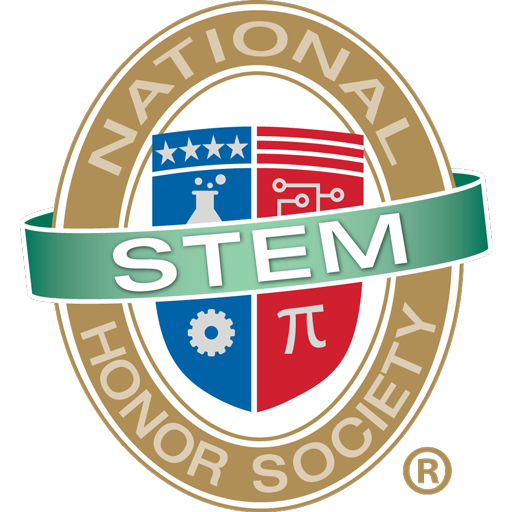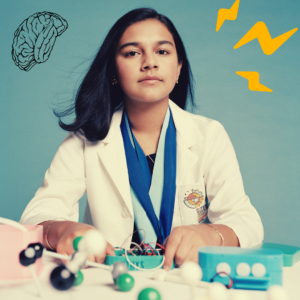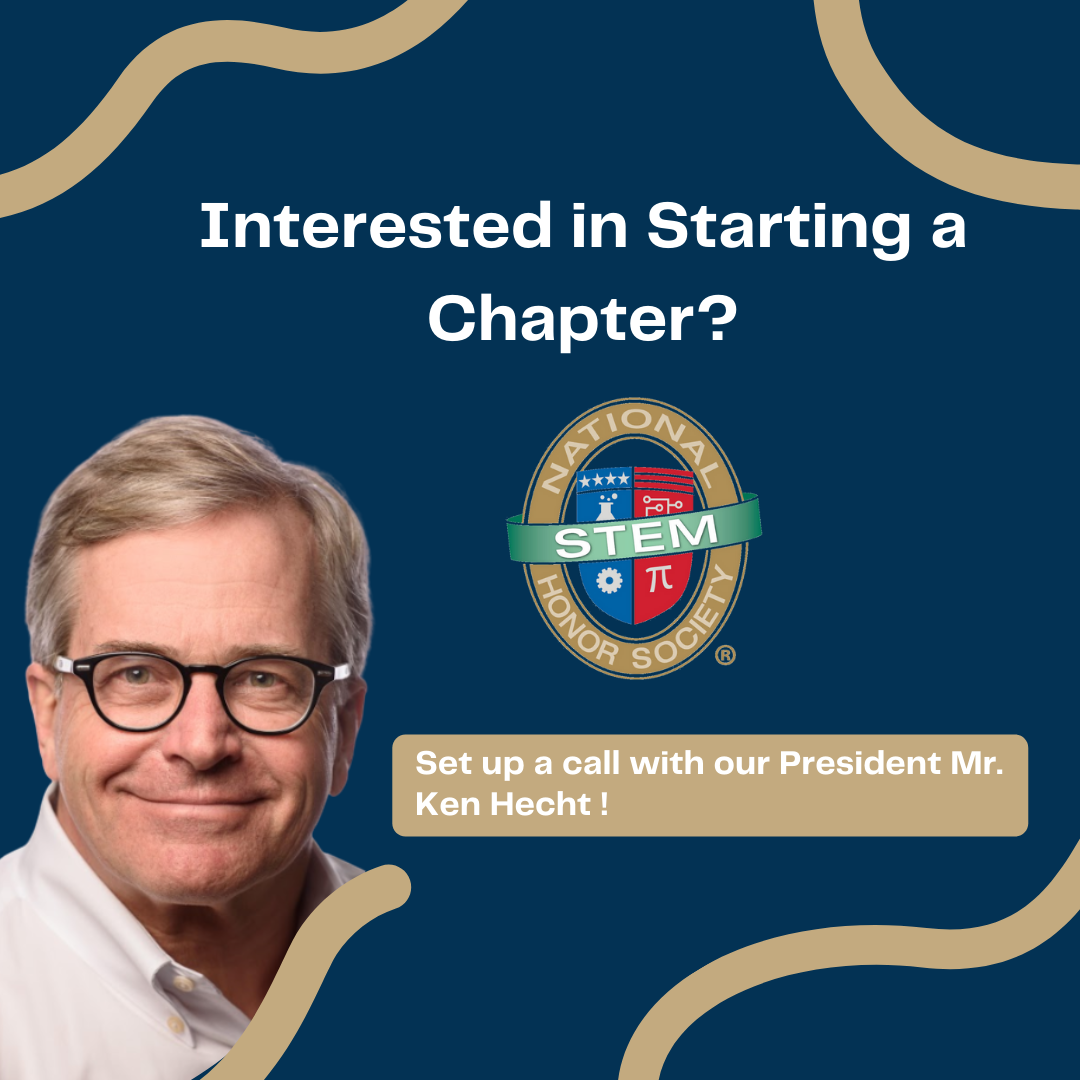To celebrate the beginning of March, also known as Women’s History Month, NSTEM recognizes and applauds the efforts of 5 amazing STEM women!
Gitanjali Rao — A 15 Year Old Phenom
At the age of 15, Gitanjali Rao became TIME magazine’s first Kid of the Year. She “started thinking of ways to use STEM to create social change from the time she was in the second or third grade.” Rao uses technology to “tackle issues ranging from contaminated drinking water to opioid addiction and cyberbullying.”
She has accomplished so much in the field of STEM. Rao developed an app that detects early-stage cyberbullying, called Kindly. Furthermore, she is very well known for Tethys, “a device that detects lead contamination in water in 2017,” which won her America’s Top Young Scientist.
Rao says that her goal for each day is to “just make someone happy.”
Frances Arnold — Nobel Prize Winner in Chemistry
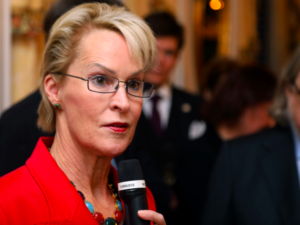
Born on July 25, 1956 in Pennsylvania, Frances Arnold studied mechanical engineering and aerospace engineering at Princeton University. She later went to the University of California Berkeley where she earned a Doctorate in Chemical Engineering in 1985. After graduating, she worked at the California Institute of Technology.
In 2005, Arnold formed a company to produce renewable fuels. However, Arnold is most well known for using “genetic change and selection to develop proteins that solve humankind’s chemical problems.” Because of this, she won the Nobel Prize in Chemistry, becoming just the fifth woman in STEM to do so.
Arnold’s method of directed evolution explains “a way of generating a host of novel enzymes and other biomolecules.” Describing her research, Arnold tells, “[a]ll my projects are about sustainability, bioremediation, making things more cleanly.”
Ada Yonath — Nobel Prize Winner
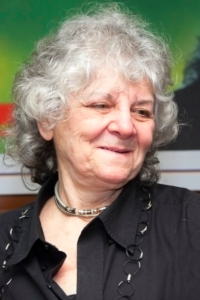
Ada Yonath was born in 1939 in Israel. She studied chemistry at Hebrew University, where she received her Bachelors in 1962 and her Master’s degree in 1964. She then studied at Weizman Institute of Science and received her Ph.D. in 1968.
Yonath is most well known for mapping “the structure of ribosomes using X-ray crystallography.” Ribosomes “are made of RNA and proteins that specialize in protein synthesis.” She has revolutionized techniques used to explore ribosomes!
After doing a short postdoctoral time at Carnegie Mellon University, she joined the chemistry department at MIT. From 1970 to 1974, she worked at Weizman Institute as a STEM researcher, where she became an associate professor.
Yonath received the Nobel Prize in chemistry in 2009.
Daphne Koller — Coursera & Insitro founder
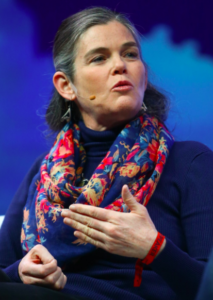
Daphne Koller joined the faculty at Stanford University’s computer science department in 1995. Little did she know that she would spend the next 18 years there before developing an online course provider. Then, she served as the co-founder, co-CEO, and President of Coursera for 5 years. After that, she became the Chief Computing Officer at Calico.
Her passion in STEM uses “machine learning to improve human health.” With this passion, Koller started Intro, a drug development company.
She has “authored over 200 publications,” and in 2012, TIME magazine named Koller one of the 100 most influential people.
Naomi Oreskes — Geologist, Science Historian, & Author
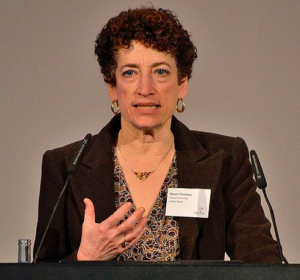
Naomi Oreskes’s research “focuses on the Earth and environmental sciences.” Among the many works she’s written, Oreskes’s essay from the 2004 The Scientific Consensus on Climate Change has made headlines. In addition, Oreskes has written numerous books and over 50 opinion articles for newspapers relating to STEM.
Climate researchers Benjamin D. Santer, and John Abrahant recognize Oreskes’s significance: “Her courage and persistence in communicating climate science to the wider public have made her a living legend song her colleagues.”
Written by Chelsea Kowal
Visit the NSTEM page for more posts about our STEM community!
